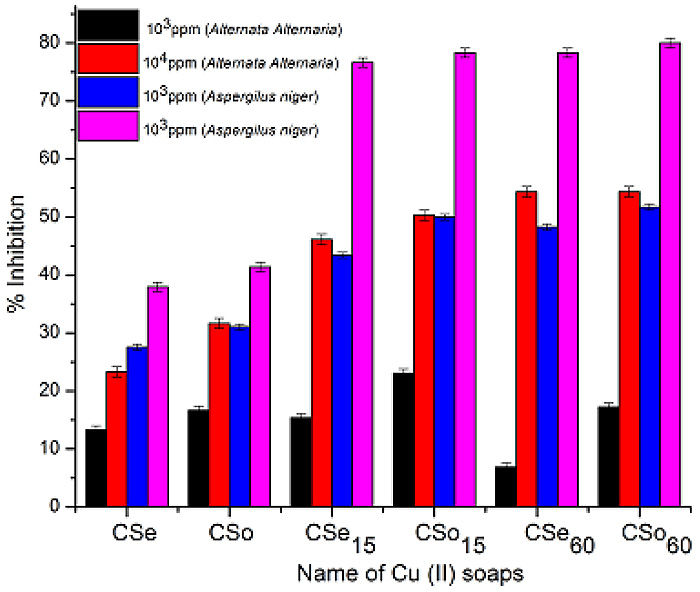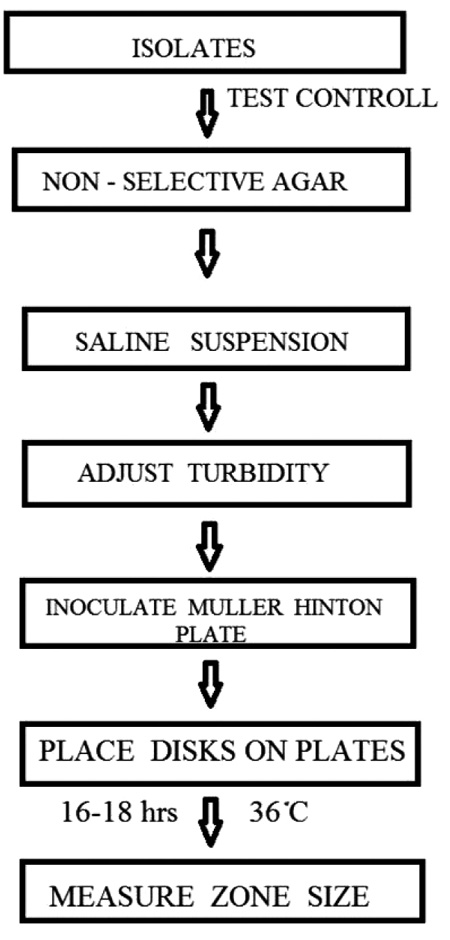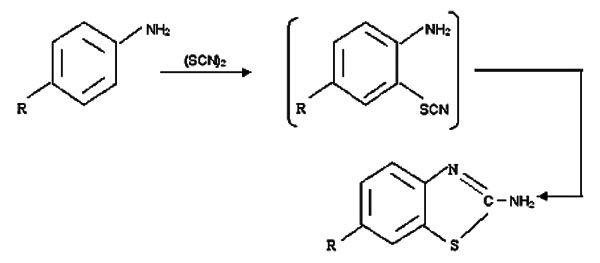RESEARCH ARTICLE
Design, Synthesis and Evaluation of Substituted 3-(1, 4-Diazepanyl)-Methyl-Phenyl-Sulphonamides as Potent 5-HT6 Antagonists in Cognitive Disorders
V.S. Velingkar1, *, A.K. Chindhe2, Mrunal Sanaye2, Madhumangiri Gatane3
Article Information
Identifiers and Pagination:
Year: 2016Volume: 3
First Page: 138
Last Page: 148
Publisher Id: PHARMSCI-3-138
DOI: 10.2174/1874844901603010138
Article History:
Received Date: 23/12/2015Revision Received Date: 9/05/2016
Acceptance Date: 18/05/2016
Electronic publication date: 30/06/2016
Collection year: 2016
open-access license: This is an open access article licensed under the terms of the Creative Commons Attribution-Non-Commercial 4.0 International Public License (CC BY-NC 4.0) (https://creativecommons.org/licenses/by-nc/4.0/legalcode), which permits unrestricted, non-commercial use, distribution and reproduction in any medium, provided the work is properly cited.
Abstract
Background:
3-(1, 4-diazepanyl)-methyl-phenyl-sulphonamides were prepared by reacting 3-nitrobenzaldehyde with substituted 1, 4-diazepanes which were reduced to obtain intermediate amines. Reaction of these amines with substituted sulfonyl chlorides using TEA in DCM followed by KOH in methanol afforded compounds which under HCl salt formation with IPA.HCl gave title compounds with good yields.
Objective:
To synthesize and evaluate 3-(1, 4-diazepanyl)-methyl-phenyl-sulphonamides as 5-HT6 Antagonists in Cognitive Disorders.
Method:
Melting points were determined in open capillary tube and are found uncorrected. The completion of organic reactions and purity of the compounds were checked by TLC on pre-coated Silica gel aluminum plates using a mixture of chloroform and methanol (8:2, v/v) as an eluent. UV light or iodine vapour was used for visualization. Infrared (IR) spectra were recorded (in KBr) on a Fourier-transform IR, model IR Affinity-1 (SHIMADZU), and the values are expressed in cm-1. The 1H NMR spectra were obtained on multinuclear FT NMR Spectrometer, model Advance-II (Bruker), (400 MHz) using CDCl3 as solvent, Tetramethylsilane (TMS) as an internal standard. The chemical shift values are expressed as ppm (parts per million) units, downfield from TMS.
Results:
Experimental results of synthesized derivatives were shown comparable activity to the earlier reported derivatives in literature on 5-HT6 antagonist therapeutic area.
Conclusion:
It can be concluded that test compounds have an ability to prevent loss of memory.














